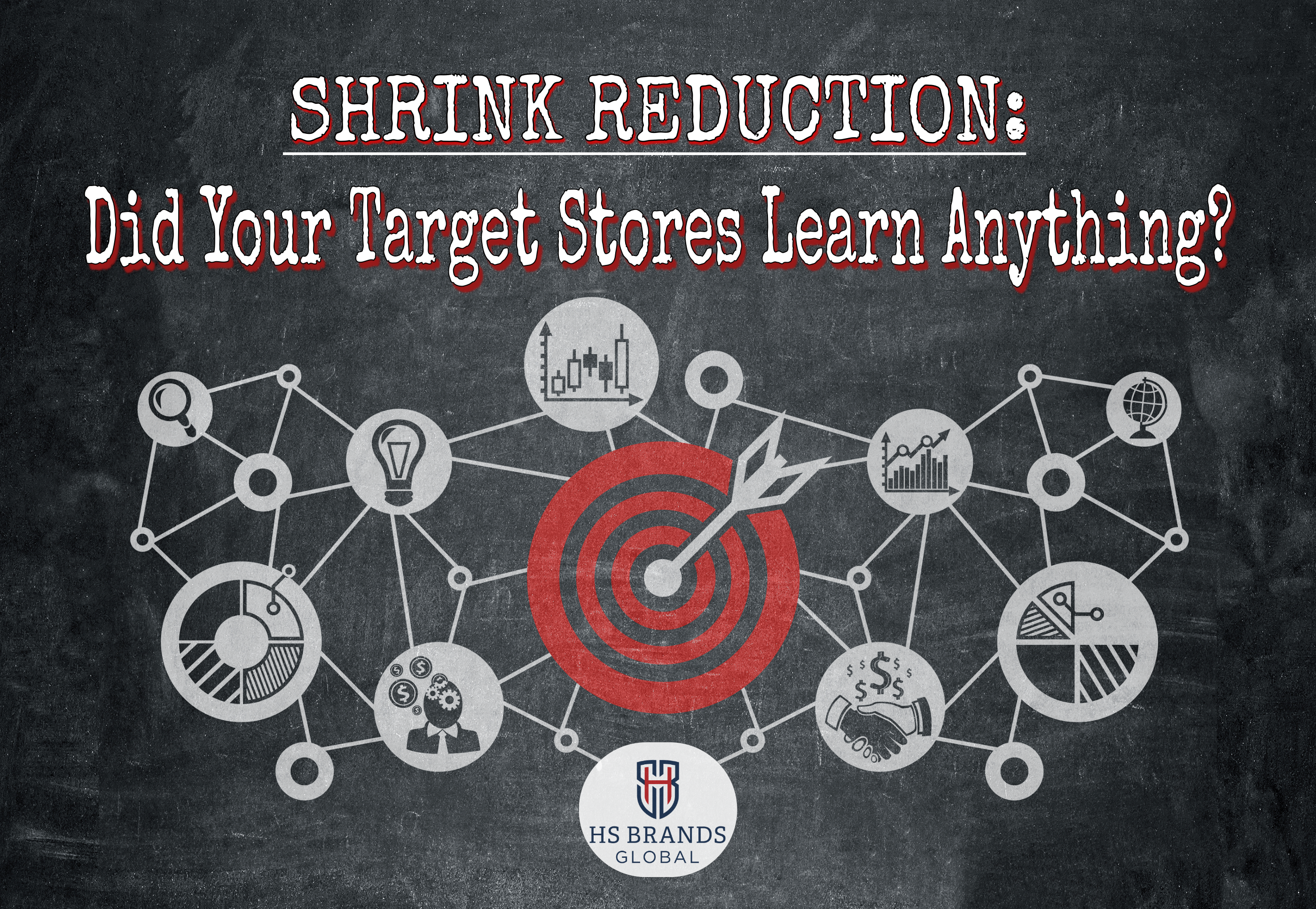
Target, focus, or intensive care store programs are an essential strategy for shrink reduction in high loss locations. However, the return on investment is far greater if program graduates not only reduce shrink this year but in each subsequent cycle. The long-term effectiveness of a loss prevention target program can only be measured by evidence that target stores indeed absorbed the lessons.
There is a PF Chang’s restaurant in my home town. I’ve dined there a few times each year over the past decade. It’s one of my favorites even if I do have a soy allergy. I have other favorites, but PF Chang’s is the only one that always provides a consistent food experience.
The food is excellent every time. The service is consistently good.
I know all about consistency since I am habitual in my food orders. I don’t require a menu for the restaurants I frequent. I choose them because I want a specific dish. PF Chang’s means I’m in the mood for Chang’s Spicy Chicken.
I don’t stray; I’m loyal like that.
Also, I can say with absolute certainty that my favorite dish is perfect every time, year after year, and for the past decade.
I’ve had other favorites. I’ve had others that started as a favorite but then faded from the list due to poor experiences.
No one is perfect. Sometimes a bad restaurant experience is caused by a busy night that drives the wait staff deep “in the weeds.” Sometimes the kitchen is short staffed. I’ve been a waiter, cook, and a bartender, so I get it, and I give most restaurants a second or even third chance to get it right.
However, when a favorite begins a long slide toward terrible, it can be bewildering. Often the root cause is a change in management, a change in staff or someone in the test kitchen lost their mind.
Sometimes when success is the result of a charismatic leader, we discover that when that charisma is gone the system fails. It’s a condition true of giant tech companies, restaurants, and retailer alike.
My home town PF Chang’s has had plenty of staff and management changes, but still, the experience has remained consistently excellent.
How do they do it?
Well, I believe I know their secret.
Culture.
My local Chang’s has built a culture of excellent service, food quality, and dining experience. That magic ingredient has insulated them from the effects of turnover. Employees and management come and go, but the culture remains the same. Thus “greatness” is passed down.
So, what does my Spicy Chicken have to do with Target Stores?
Simple.
Target store programs aren’t about fixing last year’s shrink disaster.
If last year’s high shrink was a fluke, then we shouldn’t bother to invest in a targeted program. If the issue was one of lousy staff, it’s less time-consuming and more cost-effective to replace the team.
Target store programs are meant to correct a deeper problem.
They are intended to not only reduce shrink and identify problems of the cause, but to provide employees with the training, understanding, and strategies to self-correct their course this year and each subsequent year.
In other words, a target store’s real goal is to create a culture of loss prevention. Something that future employees will inherit. Something that becomes the “way we do business” each and every day. Something that is a natural and embedded part of the training and on-boarding.
If a location continues to be a high shrink offender or if it finds itself having a good year followed by a bad, then that store didn’t learn anything. The target store program did not create a culture of loss prevention. It just temporarily put out a fire without extinguishing the embers below the debris.
So how do you know if you’ve created a culture of shrink reduction?
A simple analysis provides the answer.
First, a target store will improve results and graduate from the list within one or two cycles.
Second, each year their shrink results will continue to improve incrementally—through employee efforts and in the absence of a “special” program.
Third, relative to the chain results, program graduates will move from the worst of the worst to the best of the best, not through great leaps but through consistent, learned practices that are passed on to each new hire.
When developed and executed correctly a target store program provides the tools and training necessary to create a reliable and consistent culture of loss prevention. It delivers a program that installs positive psychology of team focus and effort, of employee empowerment, and recognition. The details may vary to fit the company, but the basic tenets remain the same.
If you want your target stores to truly learn the critical components of best practices, then the aim should be to influence the birth of the proper culture and not to punish the previous results.
In the end, it comes down to the differences between persuasion and influence.
Persuasion requires monitoring, reminding, and continued attention because the receiver hasn’t bought into the idea. Certainly, a new employee or a new manager doesn’t understand why they are being “punished” for the actions of the previous team.
Influence is best.
Influence is a process whereby the receiver has decided to incorporate the idea as their own. As their “idea” they are fully committed to the process and practice. Once we’ve gained that way of thinking from them our workload is lessened.
As I said in a previous article, the whack-a-mole approach to shrink reduction takes too much effort, too much money, and creates a putting-out-fires system that seldom works in the long-term. In fact, it’s a system of policing and reactionary tactics rather than one of true loss prevention.
You probably have your own ideas on effective target store strategies. So, leave a comment and let us know how do you ensure your program is a positive learning experience designed to create a culture and not a punitive program that works only while it’s being enforced?
———————————————————
Raymond Esposito
Director of Business Development & Marketing
HS Brands Global
Raymond Esposito has over 28 years of loss prevention experience, working within the department store, specialty, and grocery segments of retail. He has developed loss prevention programs for over 125 retailers in the U.S., Canada, and the United Kingdom. He holds a bachelor’s degree in psychology from the University of Connecticut and is an expert witness.
At HS Brands Global we believe that every company needs the four corners of brand protection. Our Brand Shield programs help measure standards and compliance, protect against theft and loss, monitor customer experience, and verify programs and processes.

